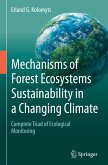
Gebundenes Buch
Complete Triad of Ecological Monitoring
2024
17. September 2024
Springer / Springer Nature Switzerland / Springer, Berlin
978-3-031-64678-2
| eBook, PDF | 121,95 € |
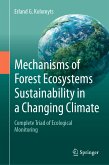
eBook, PDF
16. September 2024
Springer International Publishing
eBook, PDF
20. Dezember 2019
Nova Science Publishers Inc
Ähnliche Artikel

Broschiertes Buch
10. Juni 2024
tredition
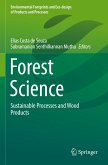
Broschiertes Buch
Sustainable Processes and Wood Products
2023
13. August 2024
Springer / Springer Nature Singapore / Springer, Berlin
978-981-99-2848-4

Gebundenes Buch
Drawbacks and the Potential
15. Dezember 2024
Springer / Springer Nature Switzerland / Springer, Berlin
978-3-031-76315-1
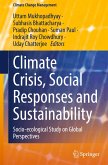
Gebundenes Buch
Socio-ecological Study on Global Perspectives
2024
29. Mai 2024
Springer / Springer Nature Switzerland / Springer, Berlin
978-3-031-58260-8
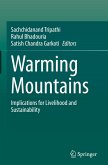
Gebundenes Buch
Implications for Livelihood and Sustainability
12. November 2024
Springer / Springer Nature Switzerland / Springer, Berlin
978-3-031-62196-3
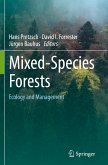
Gebundenes Buch
Ecology and Management
1st ed. 2017
27. Juni 2017
Springer / Springer Berlin Heidelberg / Springer, Berlin
978-3-662-54551-5
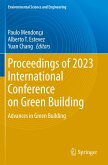
Broschiertes Buch
Advances in Green Building
18. Oktober 2024
Springer / Springer Nature Switzerland / Springer, Berlin
978-3-031-43480-8
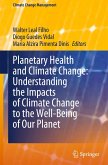
Gebundenes Buch
23. Dezember 2024
Springer / Springer Nature Switzerland / Springer, Berlin
978-3-031-72739-9
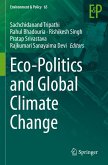
Broschiertes Buch
3. Januar 2025
Springer / Springer Nature Switzerland / Springer, Berlin
978-3-031-48100-0
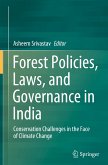
Gebundenes Buch
Conservation Challenges in the Face of Climate Change
2024
17. Juli 2024
Springer / Springer Nature Singapore / Springer, Berlin
978-981-97-3861-8
Ähnlichkeitssuche: Fact®Finder von OMIKRON
